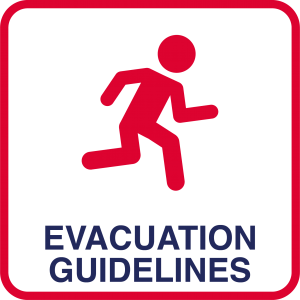Remember, during a disaster what’s good for you is good for your pet, so get them ready today.
- Create a buddy system in case you’re not home. Ask a trusted neighbor to check on your animals.
- Identify shelters. For public health reasons, many emergency shelters cannot accept pets.
- Find pet friendly hotels along your evacuation route and keep a list in your pet’s emergency kit.
- Locate boarding facilities or animal hospitals near your evacuation shelter.
- Consider an out-of-town friend or relative
- Locate a veterinarian or animal hospital in the area where you may be seeking temporary shelter, in case your pet needs medical care. Add the contact information to your emergency kit.
- Have your pet microchipped and make sure that you not only keep your address and phone number up-to-date, but that you also include contact info for an emergency contact outside of your immediate area.
- Call your local emergency management office, animal shelter or animal control office to get advice and information.
- If you are unable to return to your home right away, you may need to board your pet. Find out where pet boarding facilities are located.
- Most boarding kennels, veterinarians and animal shelters will need your pet’s medical records to make sure all vaccinations are current.
If you cannot evacuate:
- Choose a safe room for riding out the storm—an interior room without windows – and take your entire family there, including your pets.
- Stay with pets. If crated, they depend on you for food and water. Don’t leave pets in vehicles.
- Know your pet’s hiding places. That’s where they may run; keep them with you.
- Secure exits and cat doors so pets can’t escape into the storm.
- Do not tranquilize your pets. They’ll need their survival instincts should the storm require that.
For more information, please visit https://www.ready.gov/animals and https://www.americanhumane.org/.


